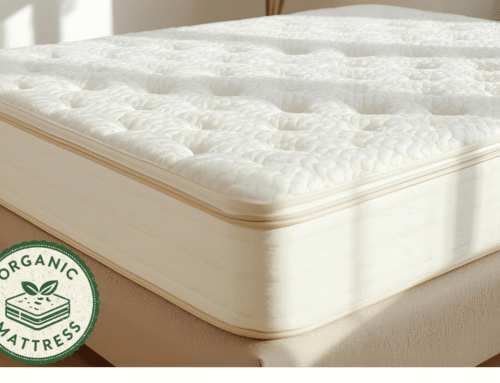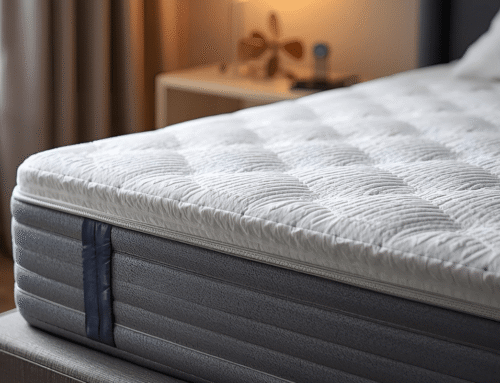Disposing a memory foam mattress isn’t as simple as dragging it to the curb. These mattresses contain synthetic materials and take decades to break down. Tossing one into a landfill adds to the growing issue of bulky waste that stays around far too long. Many areas provide recycling programs that separate the foam, fabric, and springs so they can be reused.
Donation centers may take mattresses in decent shape, though most require them to be clean and undamaged. Some retailers include mattress removal when they deliver a new one, which helps simplify the process.
It’s important to keep in mind that memory foam mattresses generally last between 7 to 10 years, and should be replaced accordingly to maintain comfort and support. Additionally, mattresses often need some time, up to 48 hours, before they reach their full shape and performance after unpacking. Considering these factors can help you decide the right time to dispose of or replace your mattress responsibly.
Understanding what a memory foam mattress and a gel memory foam mattress are, along with knowing the best thickness for memory foam mattresses and typical pricing, helps inform how to care for and dispose of them properly.
Here’s how to get rid of a memory foam mattress without hurting the environment or spending extra money. You can recycle it, donate it, or check if there’s a local take-back program. These options help cut down on waste and give the mattress a second use. A quick online search can also help you find the best option near you.
Key Takeaways
- Memory foam mattresses typically last 7–10 years—replace them on time to maintain comfort and reduce landfill waste.
- Recycling programs like Bye Bye Mattress separate foam, fabric, and springs so each material can be reused responsibly.
- When a mattress is clean and undamaged, donating it to shelters or organizations such as Habitat for Humanity gives it a second life.
- Pickup services like LoadUp handle convenient removal and often include recycling options, though fees depend on location.
- Upcycling foam into cushions, pet beds, or packing material keeps it useful and diverts waste from landfills.
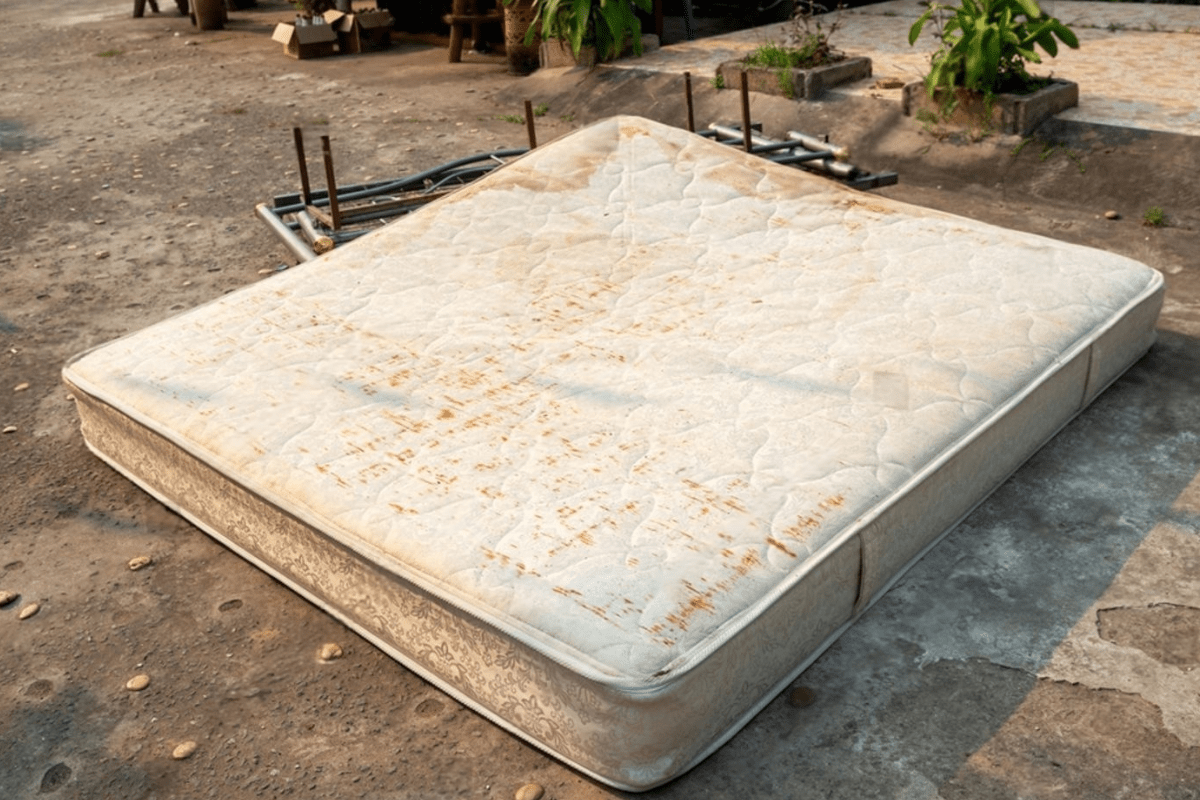
Check Local Recycling Programs
Some cities and counties have great mattress recycling options, though not every area makes it easy. California runs a program called Bye Bye Mattress through the Mattress Recycling Council, which a few folks found useful. Others had to dig through local waste management websites just to figure out what the process looked like.
A few recycling centers charge small fees to take old memory foam mattresses, but they break down the materials and reuse what they can. Foam, fabric, and coils don’t usually go to waste, which feels better than sending the whole thing to a landfill. The rules change depending on location, so people often have different experiences.
Searching “mattress recycling near me” helped some find local drop-off sites, while others used state-specific programs listed online. Bye Bye Mattress worked well in a few states, though it’s not available everywhere. It’s worth checking a city or state’s site before hauling a mattress around.
Consider Mattress Donation
Some mattresses still have plenty of life in them, especially those without sagging or stains. A foam mattress that’s clean and bug-free can sometimes be accepted by places like Habitat for Humanity, the Salvation Army, or local shelters. It’s best to call first since donation rules vary depending on local health regulations.
Giving a mattress away can be a simple way to help someone else sleep better. A family moving into a new home or someone transitioning out of homelessness might appreciate the comfort. It’s not about perfection, just decent shape and good hygiene.
Before arranging a drop-off, a deep clean and a quick check for wear go a long way. No one wants to deal with hidden issues after the fact, and transparency matters. Donation feels more worthwhile knowing someone else might truly need the support.
Arrange a Pickup Service
Some people find it easier to schedule a pickup through a junk removal service rather than haul a mattress themselves. Companies like LoadUp will send someone to handle the heavy lifting and disposal. It’s especially helpful for those without a large vehicle or extra hands.
When preparing your mattress for pickup, you might wonder how to move a memory foam mattress and compress it for easier handling. These pickup services usually offer recycling options, though not every location guarantees it. Some mattresses end up in landfills, so it’s worth asking about their disposal process ahead of time. Fees can change based on location and the number of items being removed.
Booking is straightforward. Most people just check prices online or call for a quick estimate. Availability can vary by zip code, and some areas offer same-day pickup. It’s convenient for anyone wanting the mattress gone without the added stress.
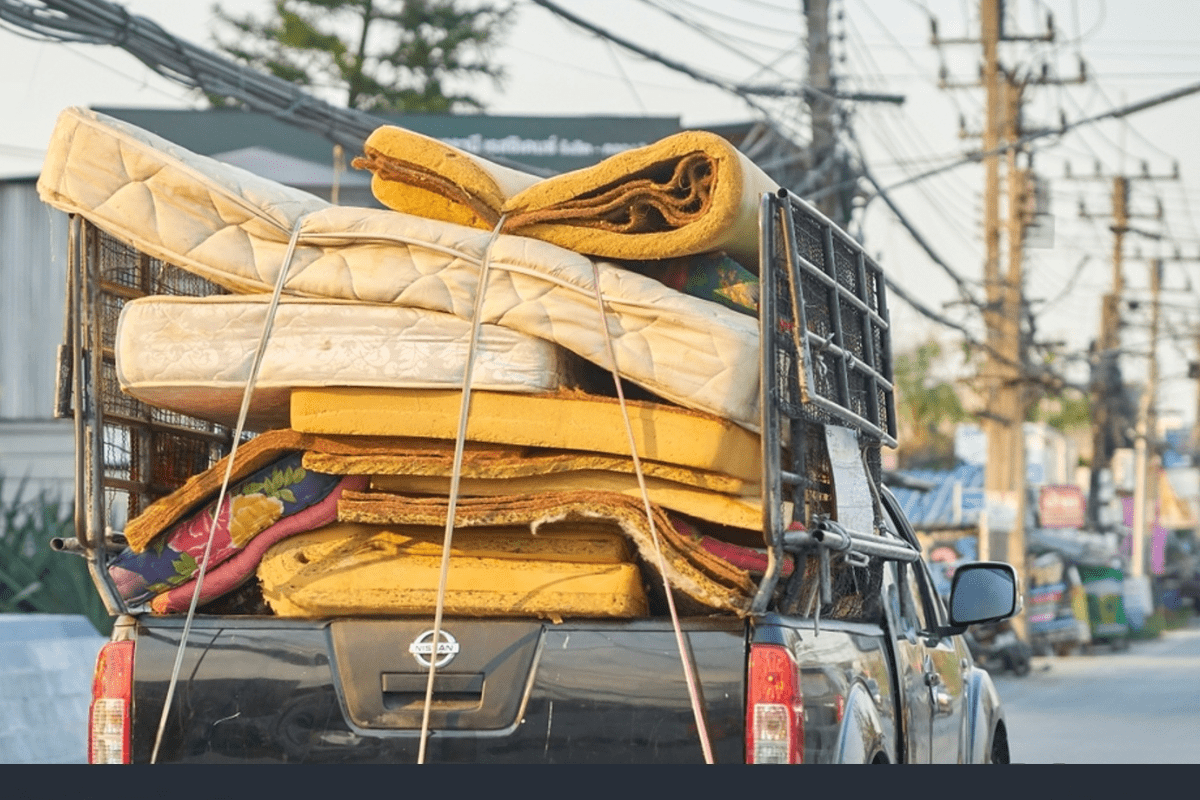
Repurpose Your Mattress
Old memory foam mattresses can still be useful, especially for those who enjoy hands-on projects. Some people cut the foam into smaller pieces and use them as seat cushions outdoors or for cozy pet beds. Others prefer keeping a few layers around for extra padding during camping trips or family picnics.
Foam scraps can be surprisingly useful in home projects. Families have used them to fill beanbags or to create floor pillows for a kids’ play area. A few layers of memory foam can add softness to hard benches or reading nooks, which feels a lot better than tossing it all away.
During a move, the foam can be cut and tucked around fragile items. Some have used it to line boxes or protect furniture corners. It’s a simple way to reduce waste and get extra use from something that’s no longer needed on the bed.
When repurposing, you can also adjust the foam to make it firmer or cooler to better suit your needs, and proper storage will help keep the foam in good condition for future use. Fixing dips in a memory foam mattress is also a practical way to extend its usefulness.
Contact Your Mattress Retailer
Some retailers include mattress removal services when a new one is purchased, though not all mention it upfront. Asking about disposal during checkout has helped some buyers avoid last-minute stress. It’s worth checking early instead of assuming it’s covered.
People often find it easier to let the delivery team take the old mattress instead of figuring out local drop-off points. It’s not always free, but paying a bit more for convenience and proper disposal feels worth it to many. The service usually comes with fewer headaches than trying to manage it solo.
Those who skipped this step often end up storing the old mattress in the garage longer than expected. Planning ahead saves space and energy, especially for anyone without a truck or easy access to a landfill. Some have even mentioned regretting not asking about the option during purchase.
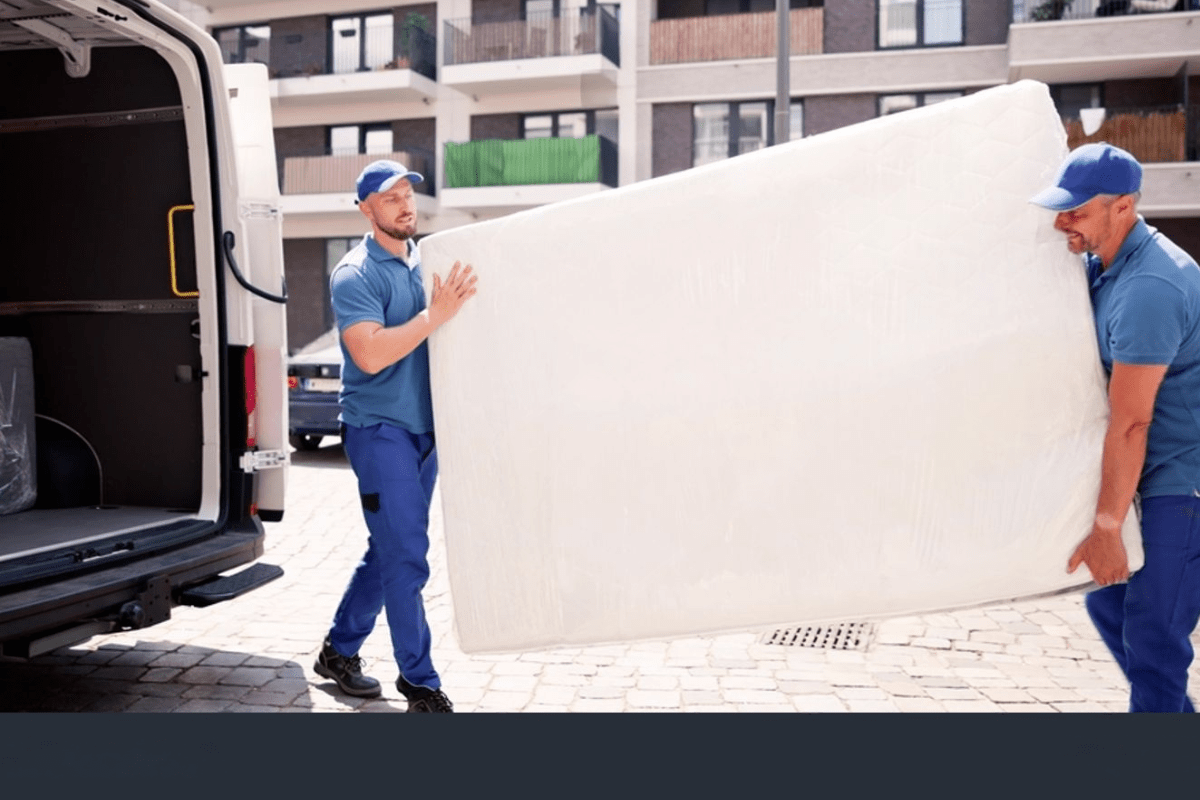
Avoid Illegal Dumping
Dumping a mattress on the curb or leaving it in an empty lot isn’t just inconsiderate, it’s usually illegal. Cities and towns have rules in place to keep streets clean, and those who ignore them can face serious fines. It also sends the wrong message about how people treat shared spaces.
Plenty of people have seen old mattresses left behind, and it never feels right. It attracts pests, gets soaked in rain, and turns into a mess fast. Instead of saving time, it creates problems that someone else ends up dealing with.
A better way is to check local recycling centers or ask about bulky item pickup. Some donation centers even accept used mattresses in decent shape. It may take a bit more effort, but it shows respect for the neighborhood and avoids legal trouble.
Check for Manufacturer Recycling Programs
Many mattress manufacturers collaborate with recycling groups to provide environmentally friendly disposal options. Visiting the manufacturer’s website or reaching out to their customer service can provide details about any available recycling programs. This approach helps reduce mattress waste and supports sustainability efforts.
Some companies take the extra step of arranging pick-up services or drop-off locations specifically for old mattresses. These programs often aim to recycle materials like foam, springs, and fabric rather than sending them to landfills. Knowing these options can save time and ensure the mattress is handled properly.
Recycling programs vary widely depending on the brand and region, so it’s important to explore all possibilities before discarding a mattress. In some cases, retailers may also offer trade-in or recycling services alongside delivery of a new mattress. Checking these resources contributes to a more responsible way of getting rid of old bedding.
Understand Local Disposal Laws
Disposing of mattresses involves varying rules depending on the city or state. Certain places allow mattresses to be set out with regular trash on designated days, while others require scheduling a special pickup service. Checking with local waste management can quickly clarify these details.
Many communities hold specific bulky item collection days or provide designated drop-off locations. These options offer convenient ways to get rid of large items like mattresses without hassle. Awareness of these practices helps prevent potential fines and environmental issues.
Following local disposal guidelines ensures mattresses don’t end up in the wrong place, supporting proper waste handling and recycling efforts. Taking a few minutes to learn the rules saves trouble later and promotes responsible disposal.
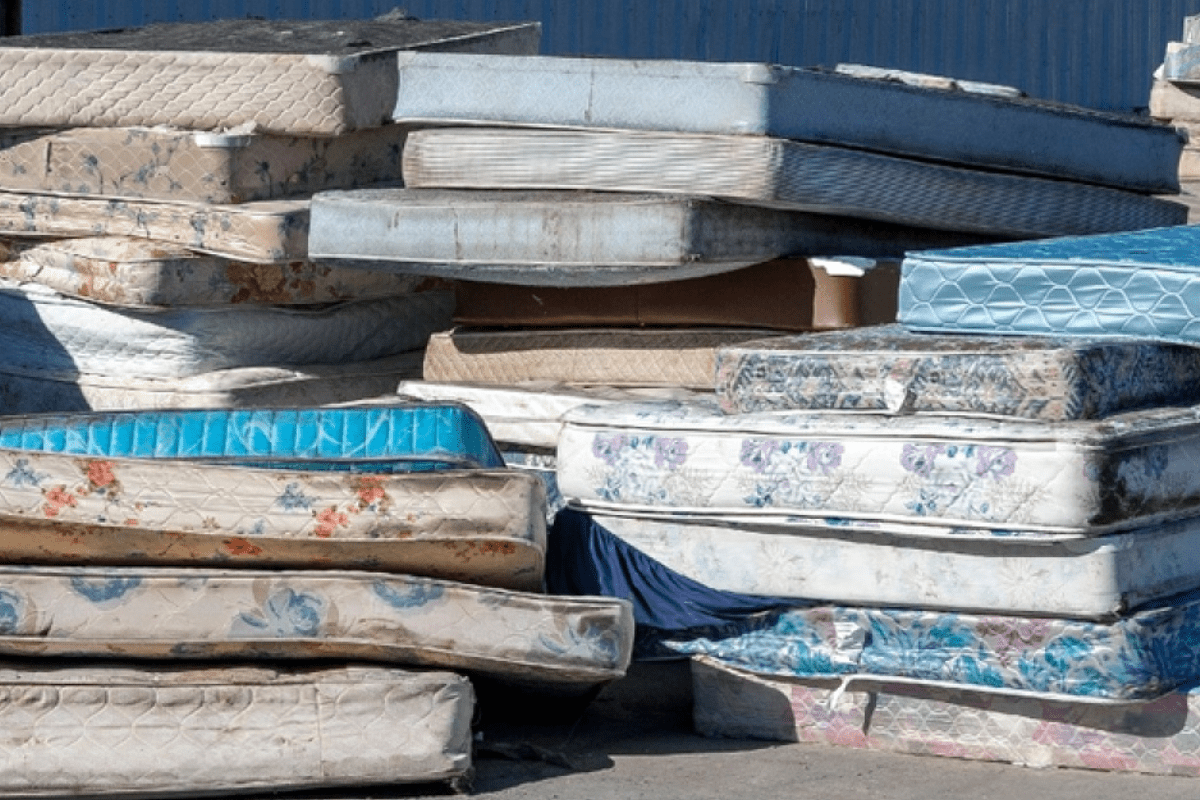
The Importance of Responsible Disposal
Memory foam mattresses are crafted from petroleum-based materials that don’t break down quickly in landfills. Over time, these mattresses can release chemicals into the soil and groundwater, causing environmental harm. This slow decomposition and potential pollution highlight the need to consider what happens to them after use.
Recycling or donating old mattresses helps reduce waste and keeps harmful substances out of landfills. When mattresses are repurposed, valuable materials can be reused, lowering the demand for new resources. This process supports environmental health and lessens the burden on waste management systems.
Giving mattresses a second life benefits more than just the planet. It also supports communities by providing usable items to those in need. Responsible disposal shows awareness of the impact on both nature and society, encouraging thoughtful choices around mattress disposal.
Proper maintenance before disposal is essential to extend the mattress’s lifespan and maintain hygiene. This includes regularly cleaning the mattress, effectively removing stains and urine, thoroughly drying it, and rotating it periodically to prevent uneven wear. Taking these steps ensures the mattress remains in good condition for donation or recycling.
Final Thoughts
Getting rid of an old memory foam mattress can feel like a hassle, but it doesn’t have to be. There are a few simple ways to do it that are better for the environment and can even help others. You can recycle it, donate it, reuse parts of it, or use a pickup service. If your mattress has served you well, it makes sense to get rid of it in a responsible way.
Eco-friendly options help reduce trash and keep your area clean. It also helps to plan ahead and check what programs are available near you.
Doing this the right way clears up space and also helps the environment. It doesn’t take much, and it feels good to know you made a better choice. What works best will depend on what’s available and what you prefer. But in the end, it’s worth the effort.



